
Hospitalist, VA Boston. Assistant Professor, @harvardmed and @HMSbioethics. Co-host, @CuriousClinPod. Usually at #AMreport. Views are my own.
99 subscribers
How to get URL link on X (Twitter) App


 2/
2/
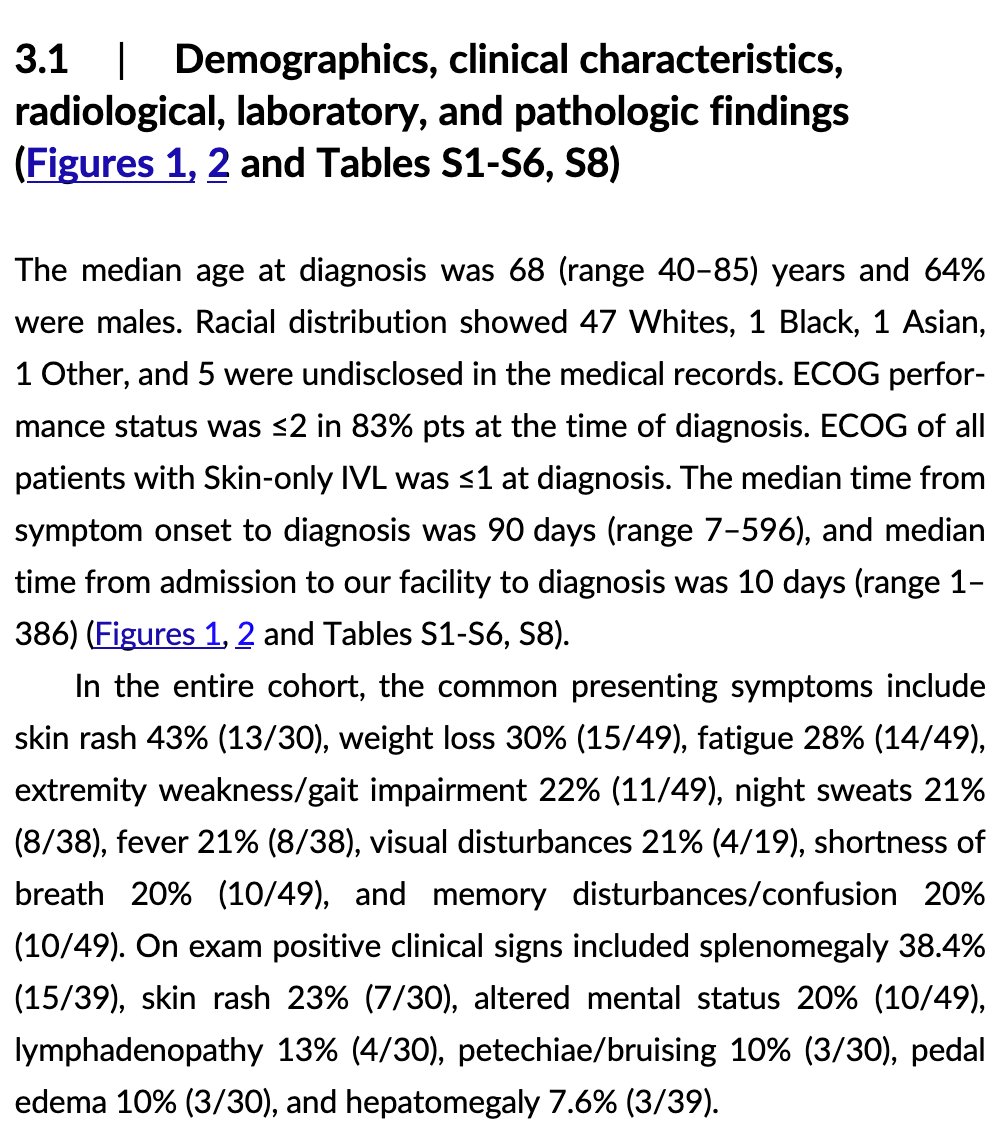










 @CircAHA 2/
@CircAHA 2/
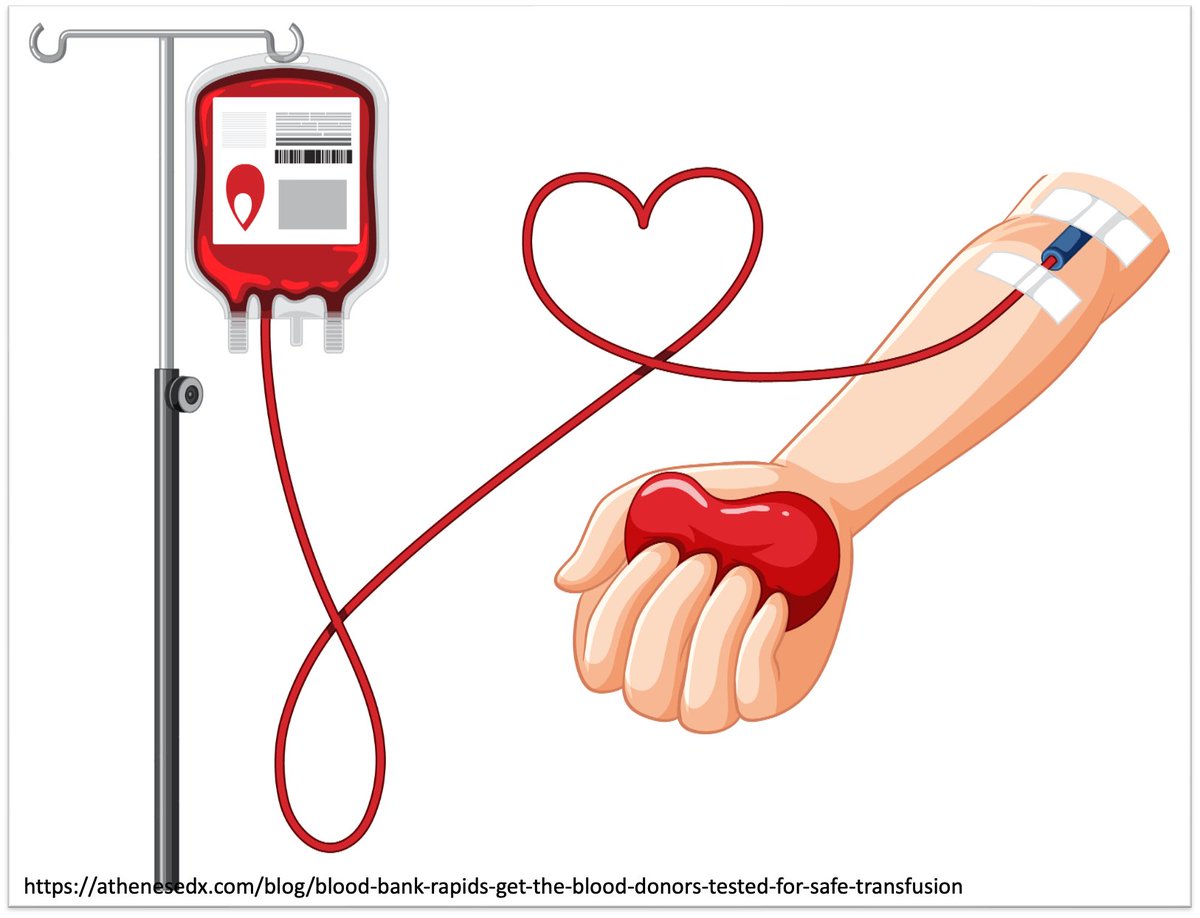
 2/
2/

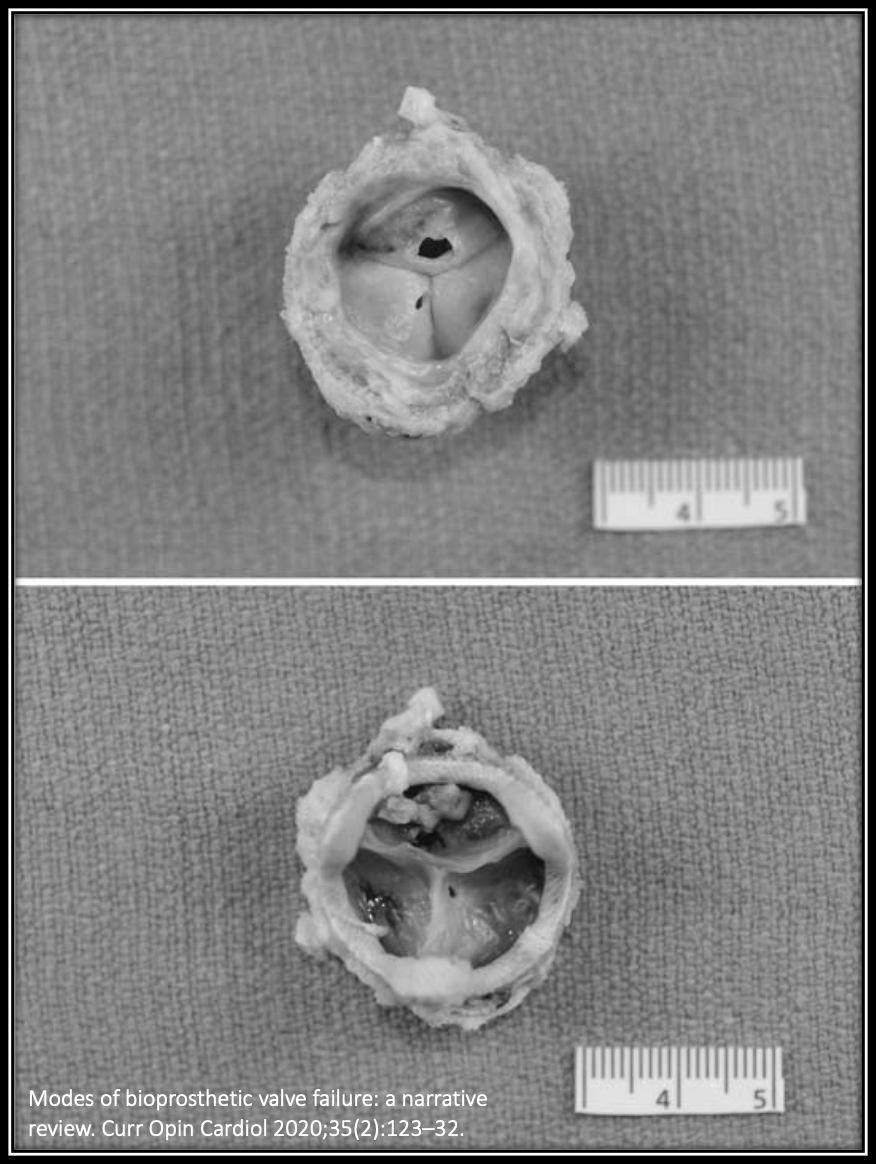
 2/
2/
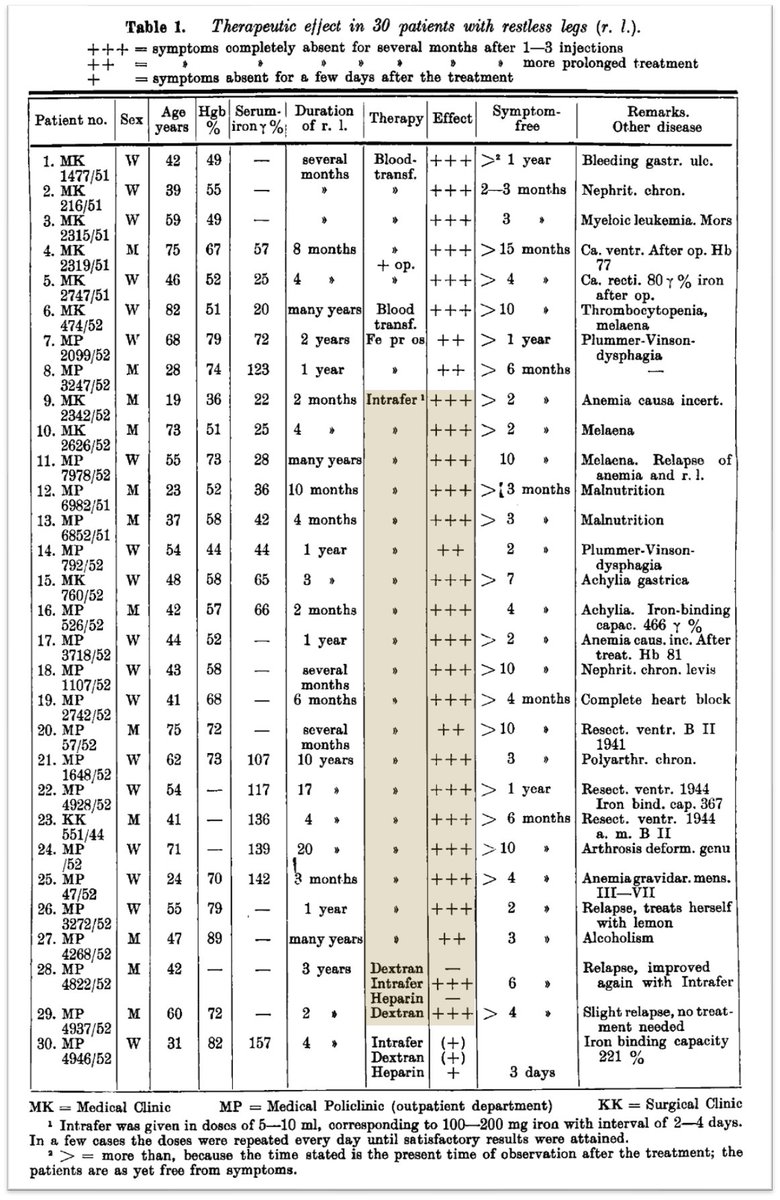






https://twitter.com/guipenteadoo/status/1653764092253839362Regarding evidence, the trials are small but generally consistent.







 2/
2/
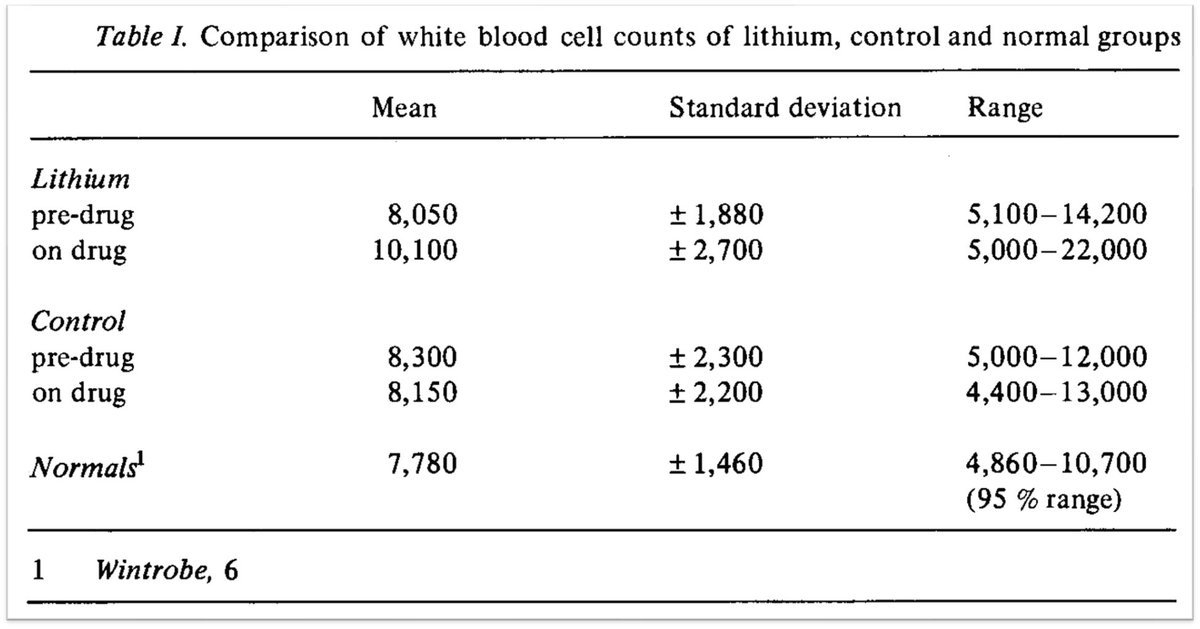


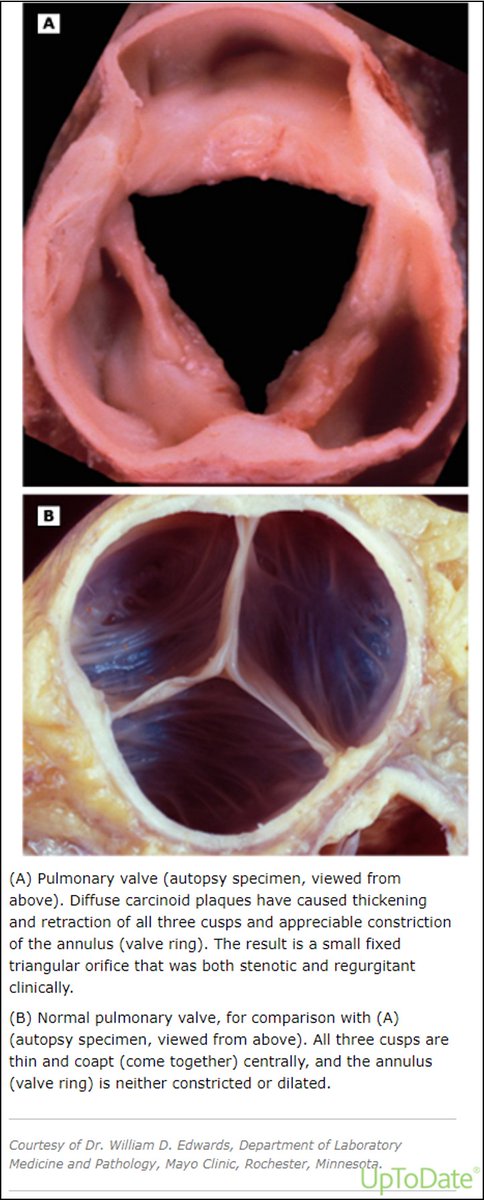
 2/
2/